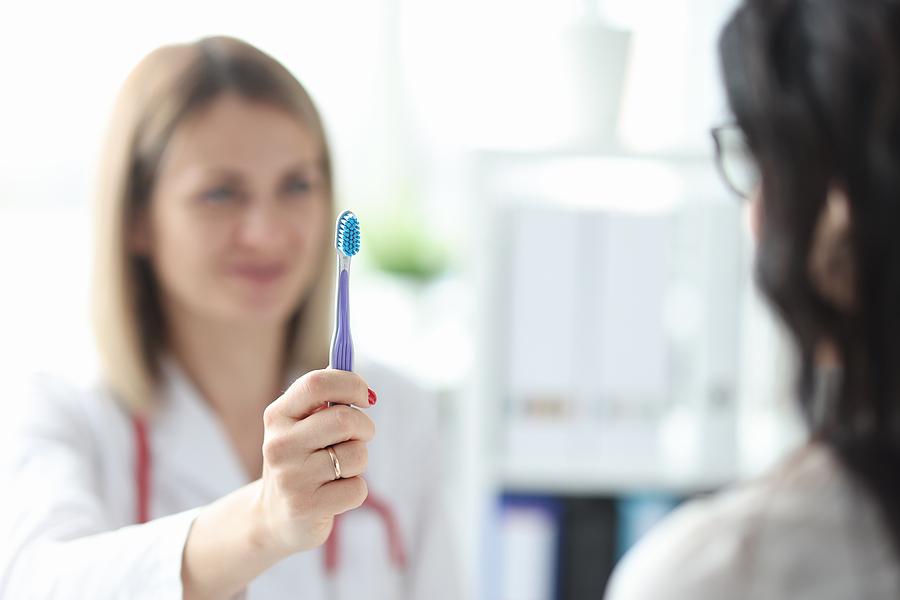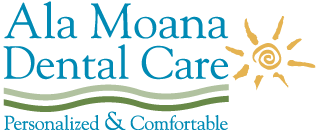
Robotaxis, one-click shopping, machines painting art—it seems like automated technology has sped up every facet of our lives. Brushing too, it seems. Though whether it’s truly better than the tried & true manual toothbrush has yet to be proven.
Everything All at Once
A study published in 2022 by the National Library of Medicine examined the difference between traditional brushing & a new kind of electric toothbrush which wraps around the top or bottom set of teeth, brushing them simultaneously. These brushes have been dubbed y-shaped or u-shaped brushes & they have been promoted to clean teeth in as little as 20 to 30 seconds.
In the study, the control group brushed the typical 2 minutes recommended by dentists. Test subjects who used the automated brush did so for 5 seconds per jaw or 15 seconds per jaw. To better judge results, participants agreed to not brush for three days prior to the test.
Results showed that brushing for 5 seconds was not enough to compete with a manual brush, but that at 15 seconds flat surfaces were just as clean. Hard to reach areas like the spaces between teeth were not as effectively cleaned by the Y-Brush. The study also found that the device did not cover the back molars of about one third of the test group.
Kid Tested
A study provided by Sonic Brush, one of the manufacturers of automated toothbrushes, claims brushing in children is more effective with their product versus a manual toothbrush. The children who used the company’s product did so for a 1-minute period, while children in the control brushed the standard 2 minutes.
In the study, children who used the automated toothbrush were shown to have cleaner teeth & a higher level of plaque removal with the automated brush.
One possible explanation for this shift is that children are less likely to have developed proper hygiene habits, therefore the Sonic toothbrush worked better. Another is that the products tested in each study are from different brands.
Low-Population Studies
While each study provides insight into the attempts at advancing brushing, both were limited in their scope, as each study used fewer than 25 people per study group. Using this small of a group is generally considered not statistically significant, so more studies will likely have to be done before more conclusive evidence is discovered.
Something the studies did not consider is cost. Automated toothbrushes can range upwards of $100 for the initial unit, whereas manual toothbrushes are typically a few dollars for each, a significant difference.
If you think an automated toothbrush may be right for you, consult your dentist. They will be able to give you personalized advice that addresses your healthcare needs.
Sources
https://www.ncbi.nlm.nih.gov/pmc/articles/PMC9889468/
https://tryautobrush.com/pages/clinical-study
